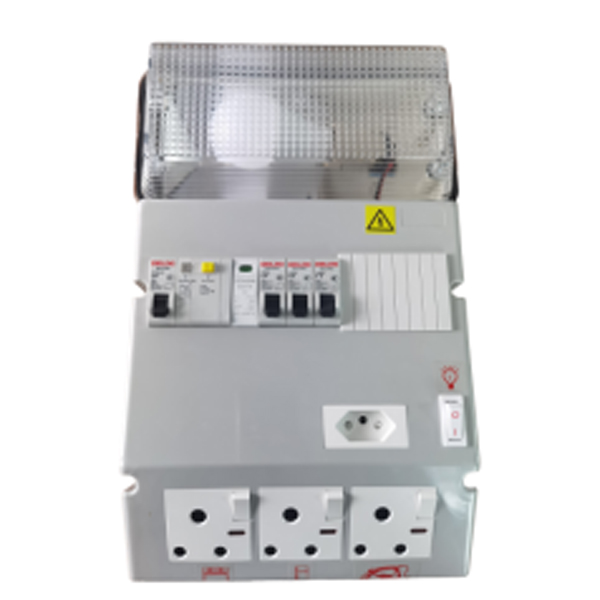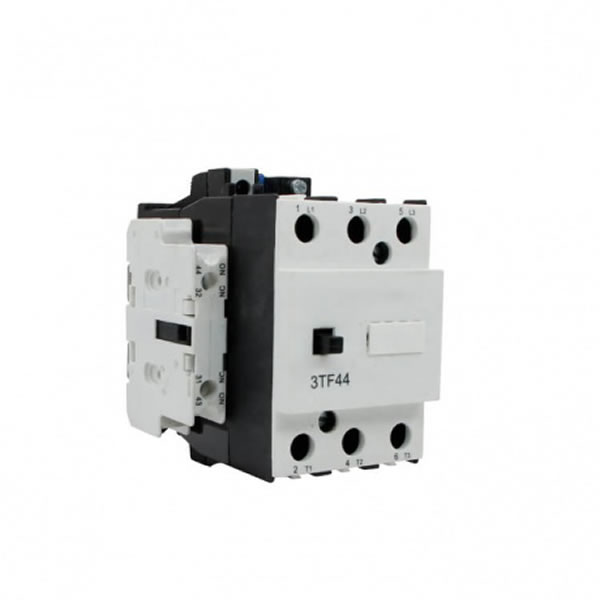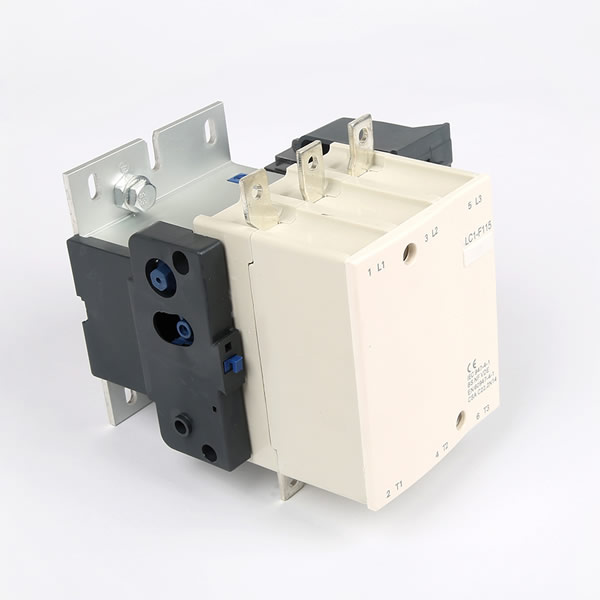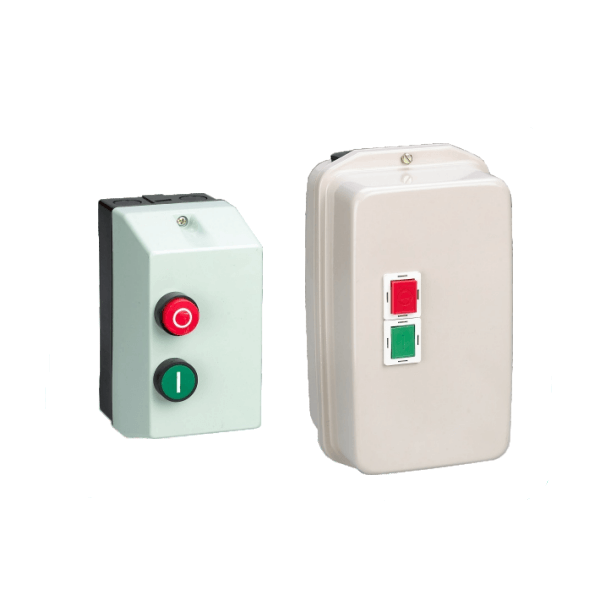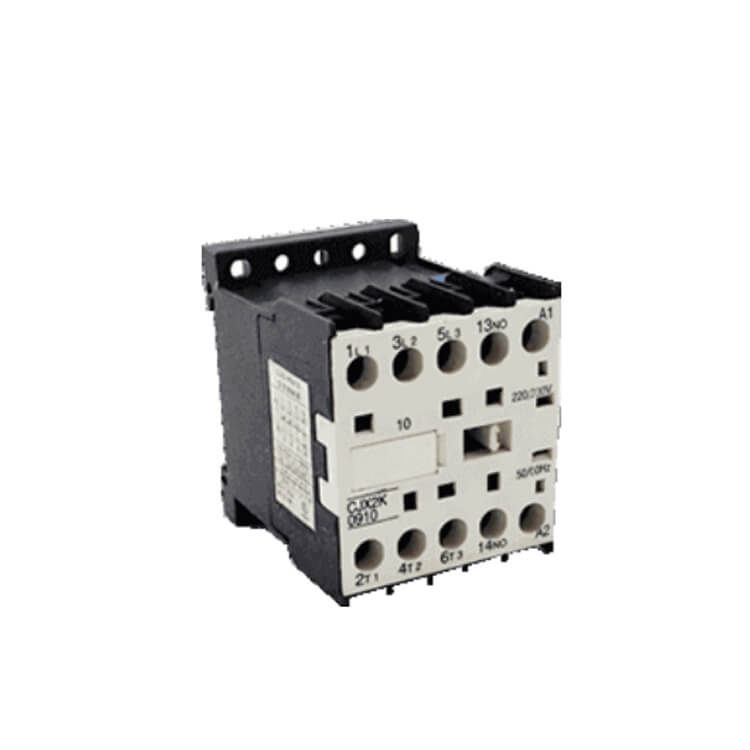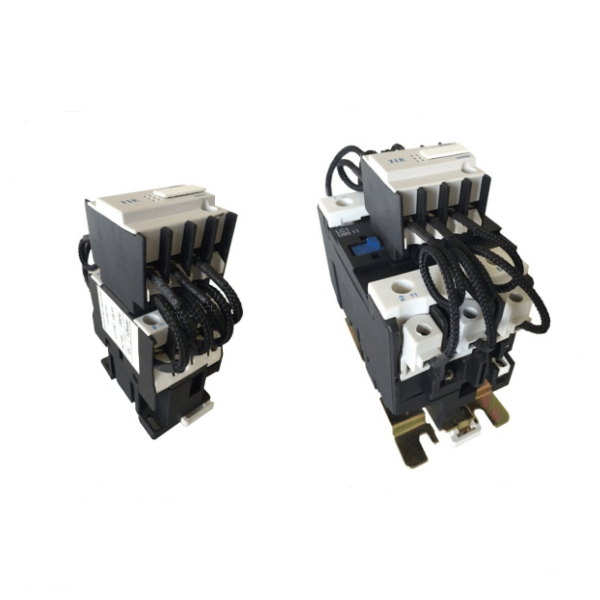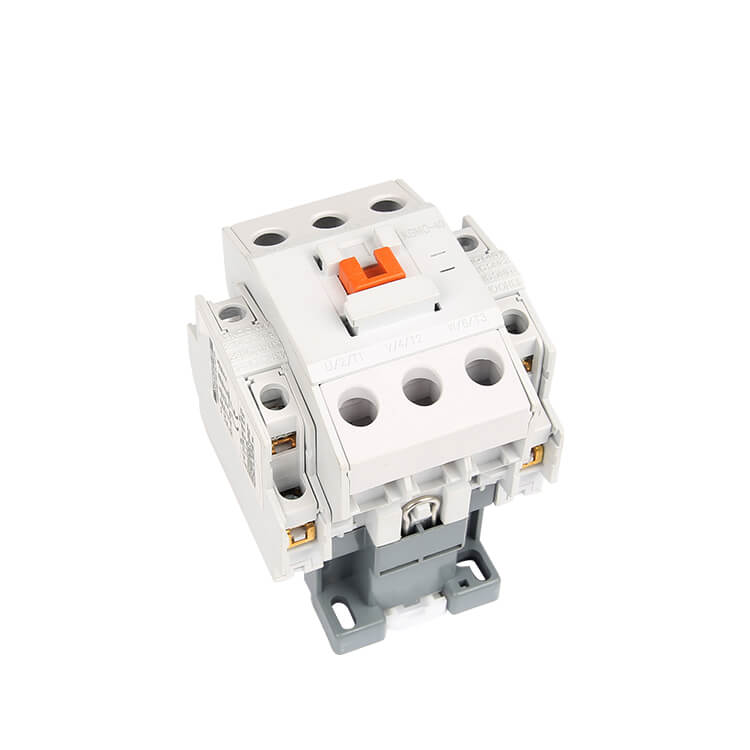Compatibility Between Electrical Ready Board And Led Lighting System
The compatibility between the electrical ready board and the LED lighting system is crucial, as it directly affects the stable operation and energy efficiency performance of the lighting system.
From the perspective of power characteristics, LED lighting systems usually use DC power supply mode, with a working voltage range of 4.2-5.2V, while traditional electrical ready boards output AC power. To solve this contradiction, a DC power conversion device needs to be installed between the electrical ready board and the LED lighting fixtures. Through rectification, filtering, and voltage stabilization, the AC power is converted into a stable DC voltage to ensure the optimal working environment for the LED lighting fixtures, reduce damage caused by voltage fluctuations, and extend their service life.
In the design of the power distribution system, it is necessary to plan the capacity of the electrical ready board reasonably according to the power demand of the LED lighting system. For example, for large-scale LED display projects, when the maximum power consumption of the screen body reaches 48KW, a 60KW electrical ready board should be selected and a three-phase five wire wiring scheme should be adopted to accurately calculate the distribution of each row of boxes, ensure current load balance, and avoid overload risks.
Compatibility is also reflected in electromagnetic compatibility (EMC). LED lighting products require strict EMC testing, including electromagnetic interference (EMI) and electromagnetic sensitivity (EMS) testing. The design of the electrical ready board should have comprehensive shielding and filtering measures to prevent electromagnetic interference from affecting the normal operation of other equipment, while enhancing its own anti-interference ability to resist external interference such as lightning strikes and electrostatic discharge.
In addition, the reservation of intelligent control interfaces is also a key factor in improving compatibility. Modern LED lighting systems tend towards intelligent management, and electrical ready boards need to be designed with standardized communication interfaces to facilitate integration with intelligent control systems, enabling remote monitoring, data analysis, fault warning, and other functions, further improving the management efficiency and energy-saving effect of lighting systems.
In summary, the compatibility design between electrical ready boards and LED lighting systems needs to be comprehensively considered from multiple dimensions such as power conversion, distribution planning, electromagnetic compatibility, and intelligent control to ensure the safe, stable, and efficient operation of the lighting system.
